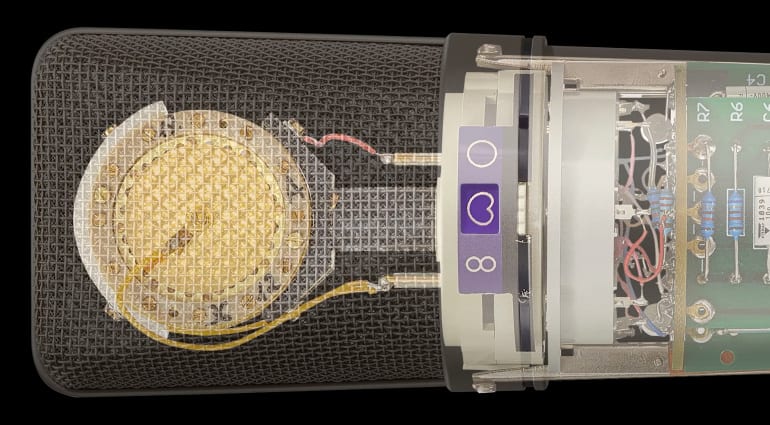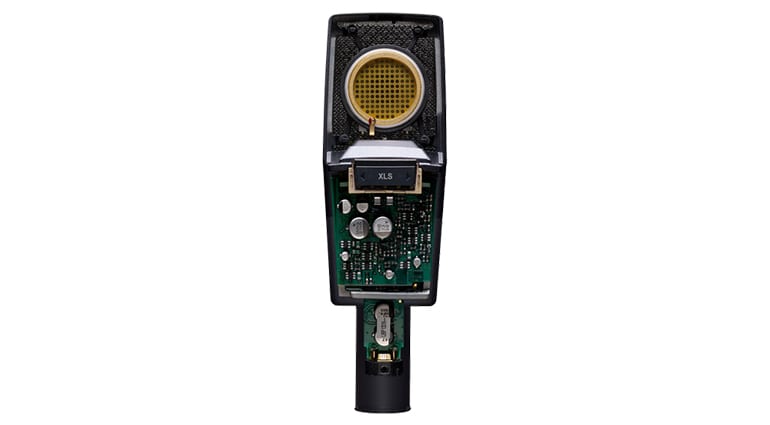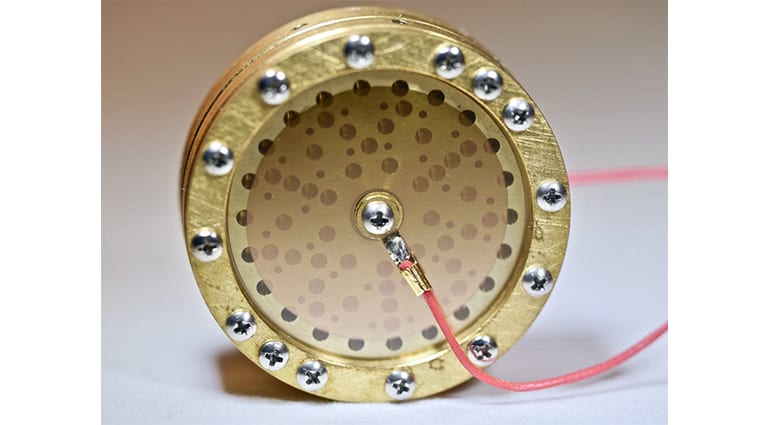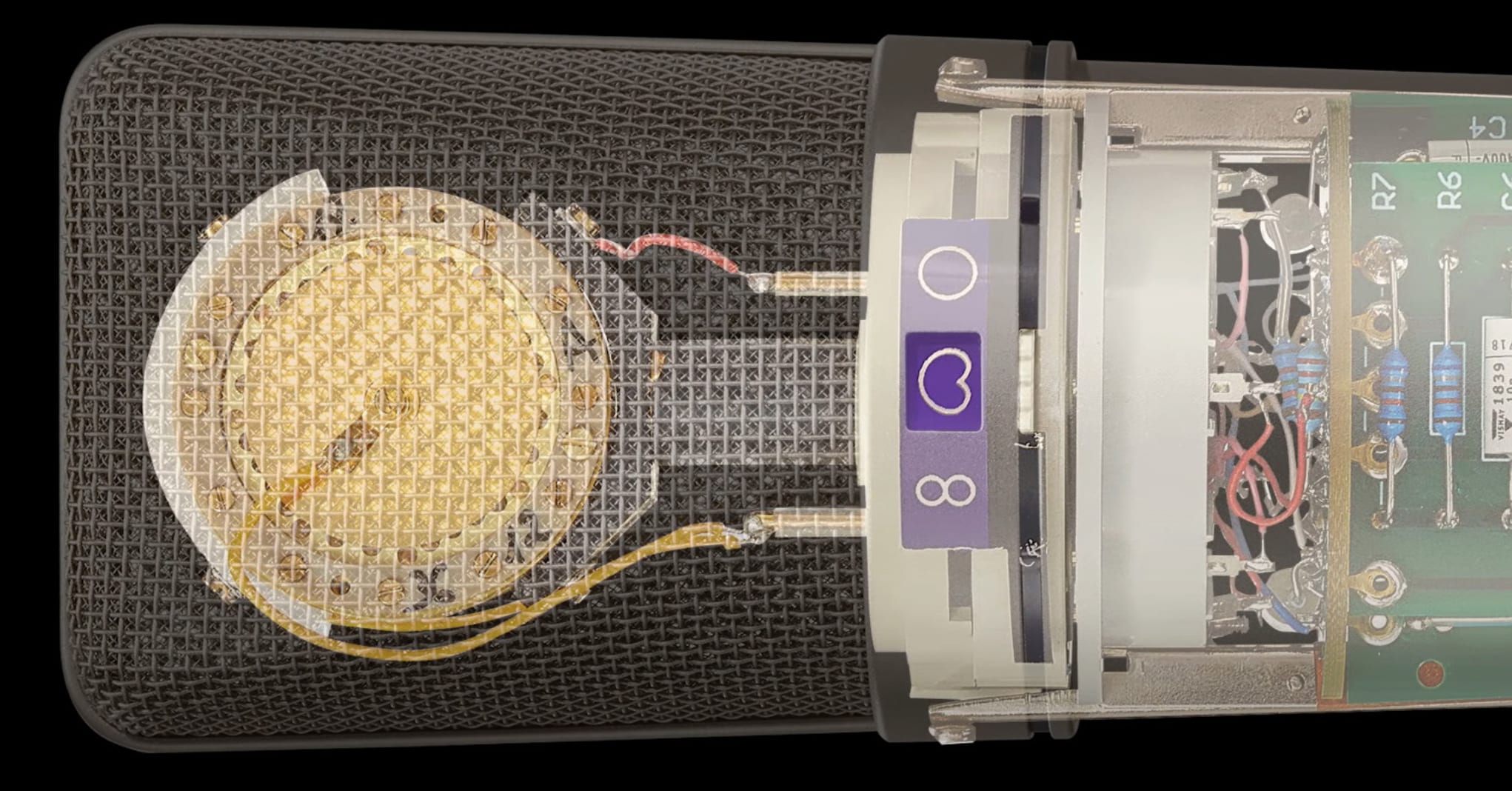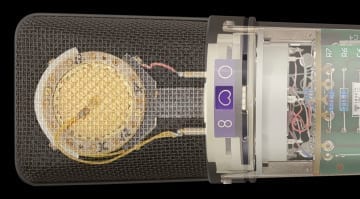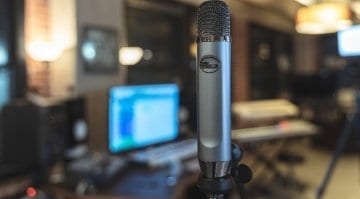Condenser Microphone Capsules: Build Your Perfect Mic Locker!
Building out a microphone locker that is versatile enough to handle any recording situation can be a daunting process. The market is exploding with mics in all price ranges and it can be tough deciding if that hyped new microphone will augment your arsenal, or if you’re just buying something you already have. Well, it all starts with the capsule. Here we look at the different types of condenser microphone capsules and find out what sets them apart from one another.
The capsule is the most important component in a condenser microphone. It determines sound, axial response, and the response of proximity effect. There are four main types of large diaphragm condenser capsules, and each has their own sonic signature. Almost every microphone available on the market today will be based on one of these designs.
How Condenser Microphones Work
A small, conductive piece of metal (called the membrane) is suspended above a stationary backplate, and these two elements in tandem make up the capsule. This topology is what defines it as a condenser (also called a capacitor) microphone. As sound hits the diaphragm it moves the membrane closer to, or farther away from, the backplate creating voltage that is transduced into an audio signal. This is then amplified by an internal (in the microphone circuit) amplifier that gets it to a level significant enough to be fed into the preamp.
The combination of these three elements – the membrane, backplate, and electrical amplifier are vital in establishing the tonality of each microphone. This assembly of the capsule is responsible for a number of performance variables: on/off axis frequency response and transition, proximity effect, signal-noise ratio, overall gain, and directional characteristics.
Some other characteristics of condenser microphones include needing phantom power to operate (electret designs aside), they have high output and low noise, extended frequency response over dynamics, and great source detail.
Condenser Microphone Capsules: Construction and characteristics
There are two basic capsule construction methodologies: single backplate/single membrane (capable of cardioid and omni patterns) and dual backplate/dual membrane (capable of all polar patterns).
Now that the tech talk is out of the way, let’s get to the fun stuff – the different types of capsules themselves. Loosely, over time (and by different engineers) the M7 was evolved into the K47, and the CK12 evolved into the K67.
CK-12
Developed in 1951 and often found in AKG and Telefunken microphones, the CK-12 is a dual backplate/dual membrane design. Its dual and separated backplates give it a unique EQ curve with a lower low frequency cutoff, flat midrange, and gentle lift in the 10-12kHz range (sometimes referred to as the “smiley face EQ curve”). It is a very sensitive design that provides great detail and articulation of the source material.
Microphones that use the CK12 capsule include: AKG C414, Manley Reference Gold, Telefunken M270, Peluso Labs P12, Bock Audio 251
K47
Renowned for its warmth in the low-mid range, the K47 is a common capsule type with German and American manufacturers. The design is a single backplate, dual membrane. It is characterized by a slight lift in the upper midrange around 4.5kHz with a gentle taper above 10kHz. It can be a perfect choice for bright sources like drum overheads (to tame cymbals), electric guitar amps, and vocals.
Microphones that use the K47 capsule include: Neumann U47, Bock Audio 407, Telefunken U47, ADK Berlin 47-T, Warm Audio WA-47
K67
The K67 is the most widely copied type of capsule – specifically for microphones manufactured in Asia. It’s a solid brass dual backplate, dual membrane of a somewhat similar design to the CK12. It’s known for an aggressive midrange and high end with a peak around 5kHz as well as a high frequency peak around 12-13kHz. It is most famously used in the original Neumann U67, and then in the U87, but the majority of condensers available today – especially those in the middle price range – utilize it.
Microphones that use the K67 capsule include: Neumann U67 and U87, Manley Reference Cardioid, Soyuz Microphones 017, Lewitt Audio 940, Peluso Labs P-67, Warm Audio WA-87
M7
This might be the most mystical of all capsules. Original M7 capsule production was discontinued by Neumann Berlin in 1959, and by Gefell in about 2005. The capsule itself is difficult to manufacture, mostly due to its PVC diaphragm. It has a lot of midrange and high end detail, the closest sibling being the Neumann K47. While M7s are still in production, true models are only made by Gefell in Germany, anything else is a copy.
Microphones that use the M7 capsule include: FLEA 47, Neumann UM57, Microtech Gefell UM75, Wunder Audio CM7, Lawson L47MP
Building Out Your Microphone Locker
So how do you apply this information when you’re looking to build out your mic locker? It’s important to do your research and find out what type of capsule is in the models you’re looking to buy so that you don’t end up with a mic that sounds like what you already have (unless that’s what you’re going for!).
Most large diaphragm condensers, especially those manufactured in Asia, use the K67 capsule. This means that if you’re looking for a mic with a warmer sound that is more focused in the low-midrange you might want to consider one that uses a K47.
Now obviously with really only three different capsule types that means that there are many other elements that go into each microphone model’s construction that affect the sound and performance and will in turn affect your buying decisions. But it all starts with the capsule.
So when you’re shopping for new microphones make sure to do your research and make sure that what you’re buying is in line with what you’re looking for.
Note: This post on contains affiliate links.

 5,0 / 5,0 |
5,0 / 5,0 | 